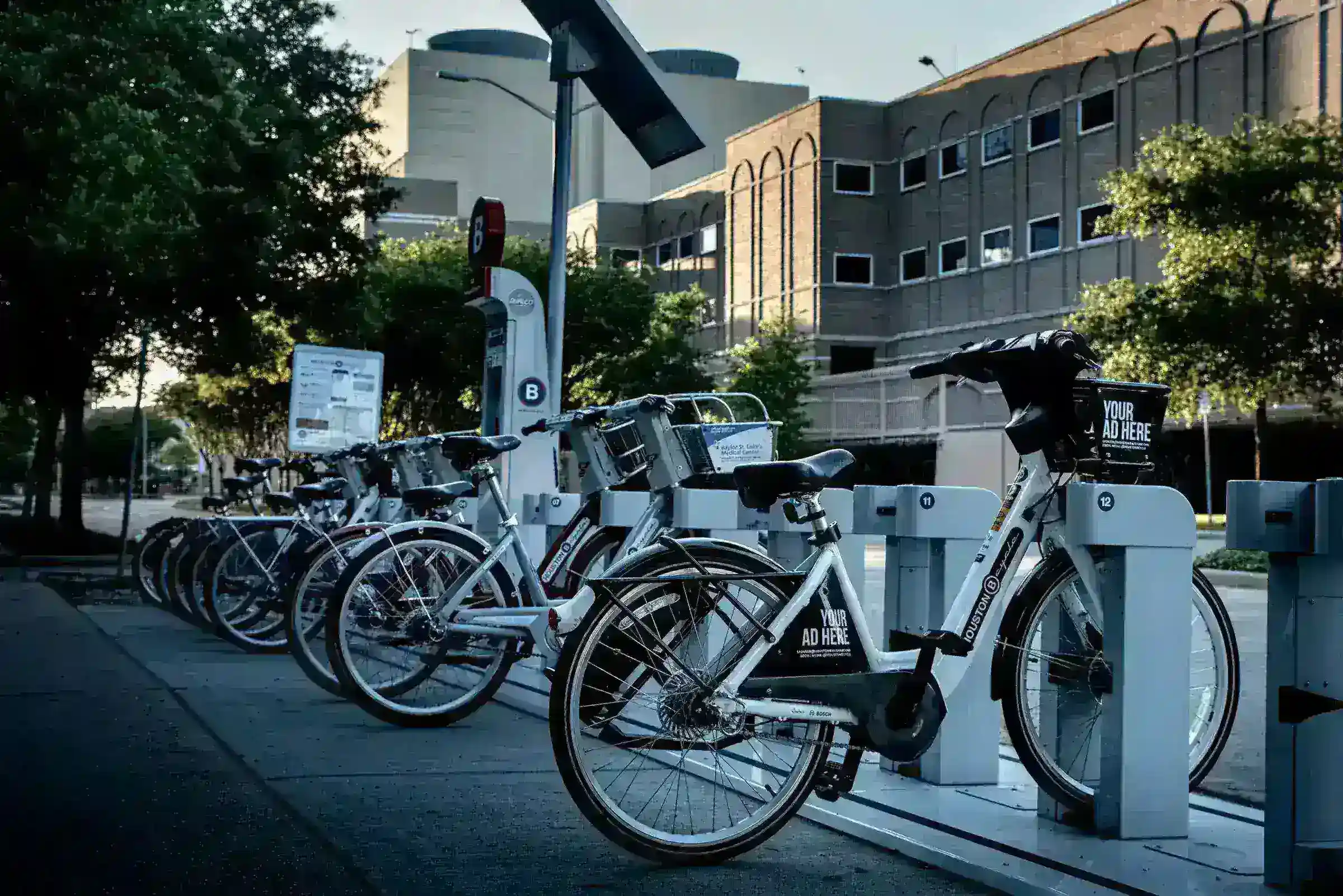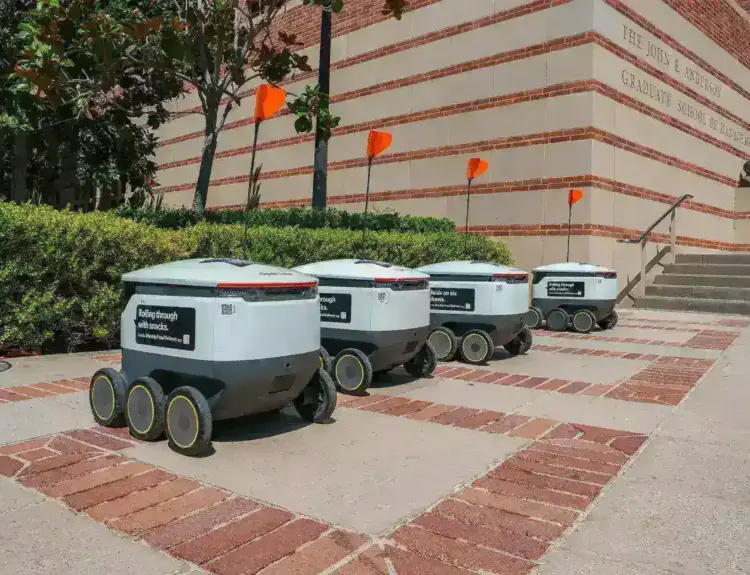A calm, fast network at home: practical steps that smooth signal and stop random slowdowns
A stable home network is mostly placement and restraint, with a dash of smart tuning. Radios want line-of-sight and clean air; people want video calls and streaming that never stumble. The fastest way to get both is to fix the physical paths your signal takes, then separate internal mesh traffic from everyday devices, and finally pick channels that are calm rather than flashy. With that order—position, backhaul, channels—you avoid the trap of endless speed-test tinkering that collapses when the microwave runs or a neighbor’s router hops bands. This plan keeps changes small and intentional: lift access points, align them through doorways instead of brick, give your nodes a private “highway,” and set the radio lanes once so your phones and TVs stop negotiating in mid-sentence. The end result is boring in the best way: rooms that simply work, roaming that feels invisible, and a layout you won’t need to touch again for months.
Read More






